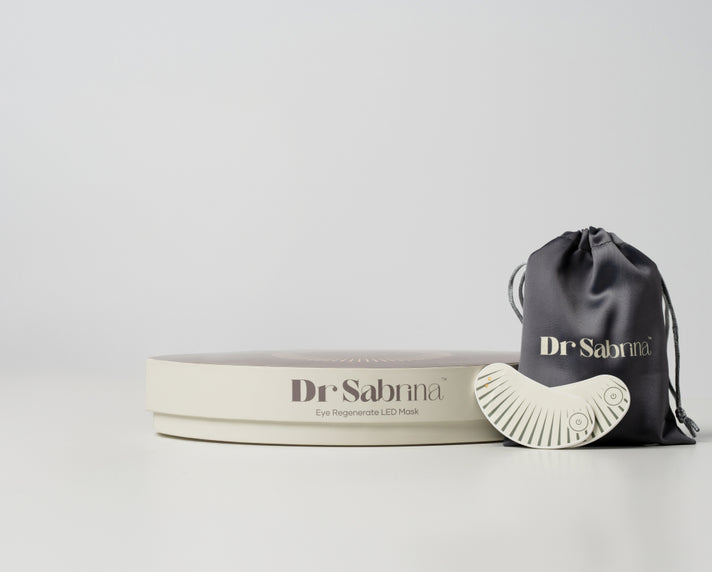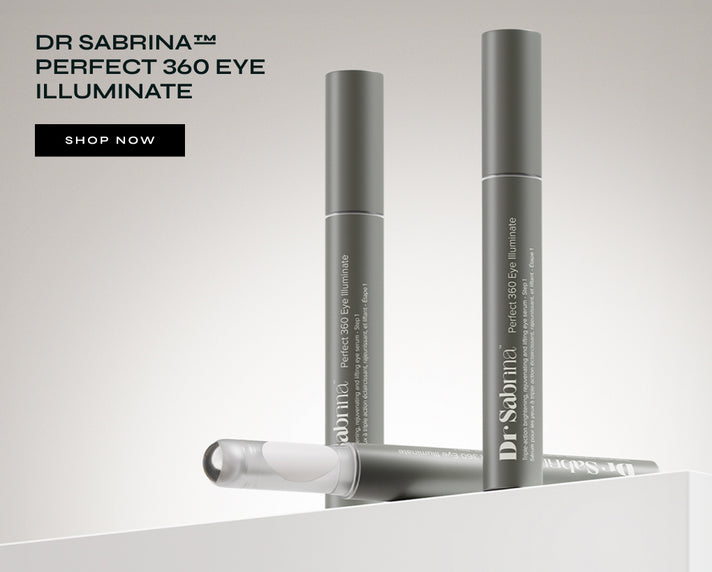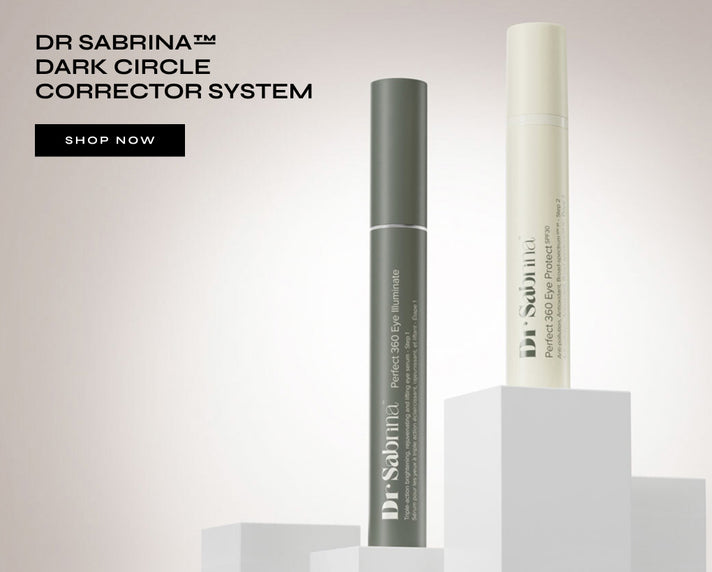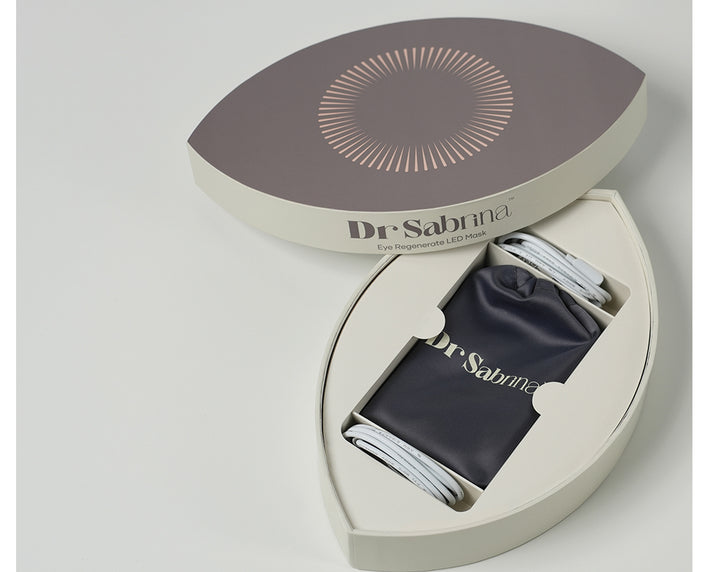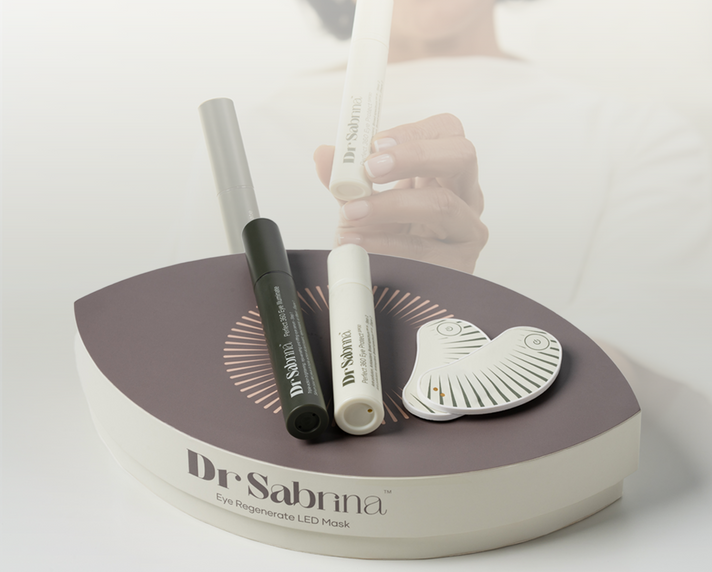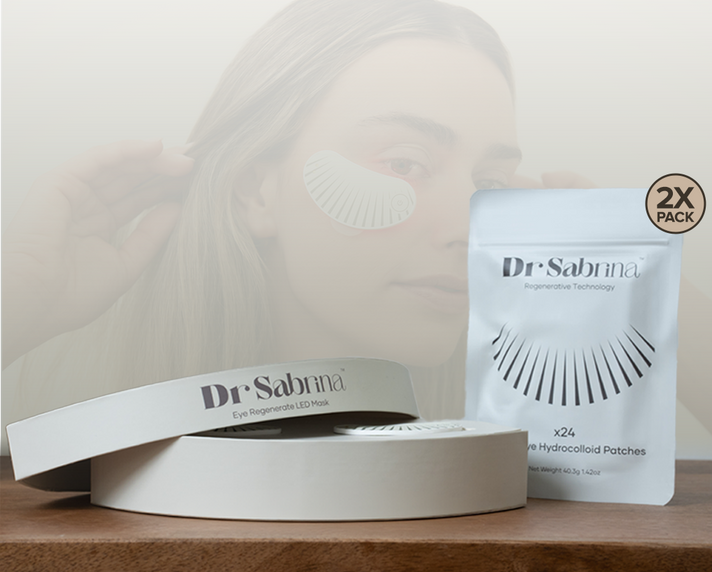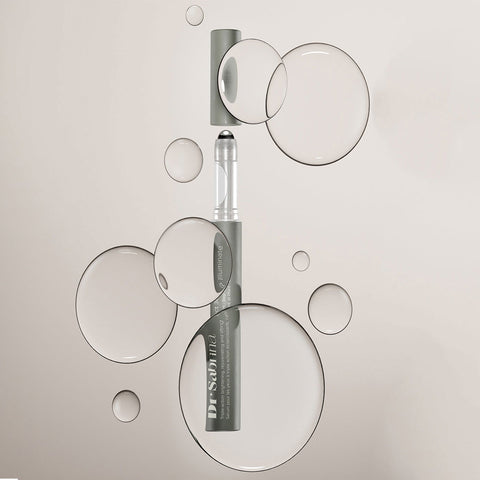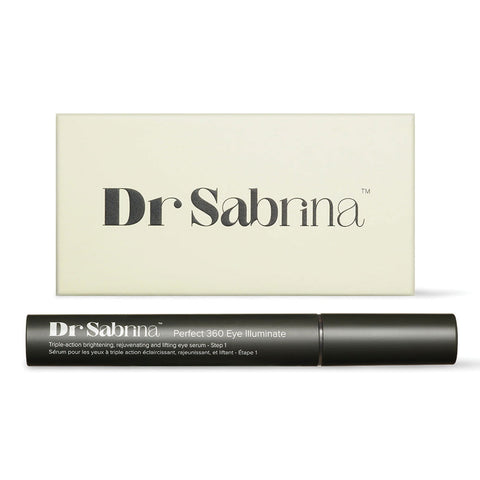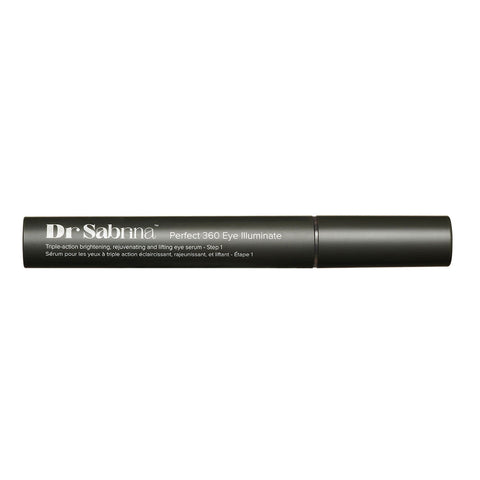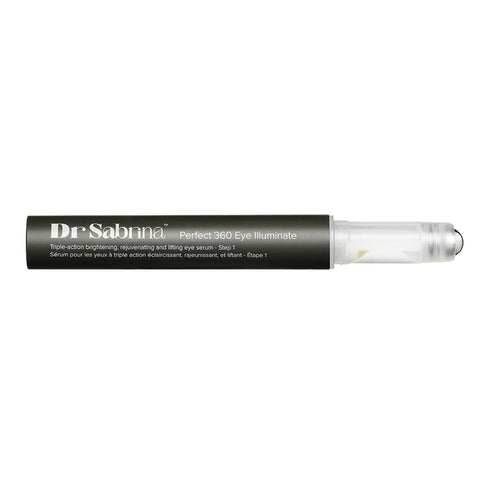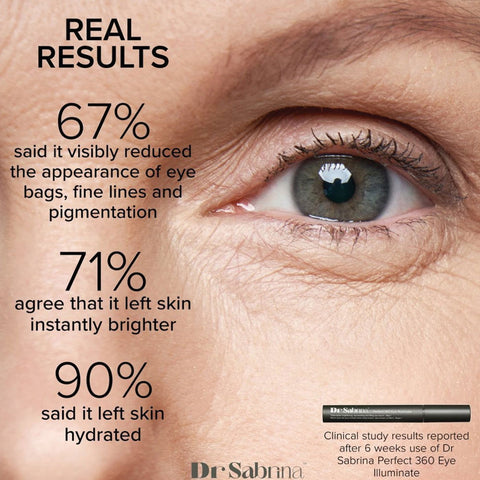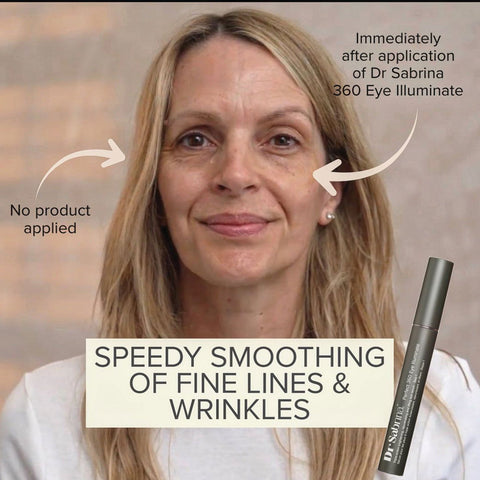Eye Serum
How to Clean Eyelids Safely: At Home, Naturally & With the Right Cleanser

Keeping eyelids clean is just as important as brushing your teeth or washing your face. Many people overlook them, but eyelids can collect dirt, oils, makeup residue, and even bacteria, which can lead to redness, irritation, or recurring eye problems such as styes and blepharitis.
Suppose you’ve ever wondered how to clean eyelids properly without irritating them. In that case, there are simple, safe, and dermatologist-approved methods you can follow, whether you’re at home or looking for natural remedies.
In this detailed guide, we’ll walk through why eyelid hygiene matters, what tools you need, step-by-step cleaning routines, natural solutions, and common mistakes to avoid.
Why Eyelid Cleaning is Important
Your eyelids aren’t just a protective layer for your eyes. Along the lash line, there are tiny oil (meibomian) glands that keep your eyes lubricated and prevent tears from drying too quickly. When eyelids are not cleaned properly, dirt, bacteria, and old makeup can clog these glands, leading to:
-
Blepharitis: a chronic eyelid inflammation that leads to crusts, itching, and burning.
-
Styes: painful, red bumps caused by clogged oil glands.
-
Dry eyes: when the glands don’t function well, the eyes lose moisture faster.
-
Irritation: itching, redness, and discomfort throughout the day.
So, if you’ve been asking how to clean eyelids or how to clean your eyelids safely, the answer lies in developing a consistent, gentle hygiene routine.
When & How Often Should You Clean Eyelids?
You may be wondering: how often should you wash your eyelids, or is it only necessary when there’s a problem? The short answer is that gentle daily care is beneficial for most people, especially if you wear makeup or contact lenses.
-
Daily Care: Once a day, preferably at night, to remove dirt, makeup, and oils.
-
Twice Daily: If you have blepharitis or are prone to styes, morning and evening cleaning is often recommended.
-
Medical Attention Needed: If you experience pain, vision changes, or persistent swelling, it’s time to visit an eye doctor. Cleaning at home can help, but medical treatment may still be necessary.
What You’ll Need (Tools & Products)
Learning how to wash eyelids properly means using the right tools. Excessive scrubbing or the use of harsh cleansers can do more harm than good. A gentle approach is always best.
Here’s what you may need:
- Warm Compress or Heat Mask: Helps loosen crusts and soften oils.
- Cotton Pads or Swabs: For targeted, gentle cleaning.
- Sterile Eyelid Wipes: Perfect for quick cleaning or travel.
- Baby Shampoo (Diluted): A traditional method, though it can sometimes be drying.
- Dedicated Cleansers: Formulated specifically for the sensitive area around the eyes.
- Clean Towel: Always pat dry, rather than rubbing.
Now that you know what tools to keep handy, let’s go through the actual cleaning steps.
Natural Options for Gentle Eyelid Cleaning
Many people prefer natural remedies when seeking ways to clean their eyelids naturally. While some are safe, others can be irritating if not used correctly.
Some safe natural options include:
- Warm Tea Bags (Chamomile or Black Tea): After steeping and cooling slightly, place the tea bags over closed eyes for 5–10 minutes. They soothe irritation and help with mild inflammation.
- Warm Water Compresses: The simplest and safest method for sensitive skin.
- Aloe Vera Gel (Diluted): Known for its anti-inflammatory benefits, but should be patch-tested first.
Be cautious with oils and DIY solutions, as some can clog pores or worsen irritation. Always stick to gentle, proven remedies.
Step-by-Step: How to Clean Eyelids at Home

If you’re wondering how to clean eyelids at home safely and effectively, following a structured routine is key. Proper eyelid hygiene helps prevent irritation, removes debris, reduces the risk of styes, and can even help manage conditions like blepharitis. Here’s a doctor-approved step-by-step guide:
1. Wash Your Hands
Before touching your eyes, wash your hands thoroughly with soap and warm water. This simple step prevents the transfer of bacteria, oils, and dirt to your delicate eyelid skin. Clean hands are essential because the eyes are highly sensitive, and even minor contamination can trigger irritation or infections.
2. Apply a Warm Compress (5–10 Minutes)
A warm compress softens hardened oils around the eyelid margin and loosens any crust or debris stuck to lashes. Use a clean, soft cloth soaked in warm water (not hot) or a reusable heat mask designed for the eyes. Hold it gently over your closed eyes for 5–10 minutes.
Scientific reasoning: Warmth melts thickened oils in the Meibomian glands, improving eyelid lubrication and reducing irritation. People with dry eyes, styes, or blepharitis benefit greatly from this step.
3. Prepare Your Cleanser
For a safe and gentle cleanse, either:
- Mix a few drops of baby shampoo with warm water (diluted), or
- Use a specialised eyelid cleanser such as Dr Sabrina™ Hydrating Eye Cleanser, which is pH-balanced, tear-friendly, and designed for daily use.
Tip: Avoid harsh soaps or alcohol-based cleansers they can strip natural oils and irritate the eye.
4. Gentle Lid Scrub
Soak a clean cotton pad or cotton swab in your prepared cleanser solution. Gently swipe along the lash line and eyelid margin, moving from the inner corner of the eye outward. Repeat a few times until you remove debris, oils, and makeup residue.
Scientific reasoning: This motion removes excess sebum and bacteria that can accumulate on the eyelid margin without damaging the delicate skin or lashes. Always be gentle to prevent redness or micro-injuries.
5. Rinse or Wipe Away Residue
After scrubbing, use lukewarm water or a damp, clean cotton pad to gently remove any leftover cleanser or loosened debris. Avoid splashing water directly into the eyes to prevent irritation.
Tip: Make sure no residue is left behind, as leftover cleanser can cause dryness or stinging.
6. Pat Dry Gently
Use a soft, clean towel or tissue to pat the eyelids dry. Never rub the eyelids, as friction can irritate the skin and lashes. Gently patting helps prevent redness and maintains skin integrity.
7. Apply Ointment (If Prescribed)
If your doctor has recommended an antibiotic or lubricating ointment, apply a thin layer along the eyelid margin after cleaning. This helps treat or prevent infections and keeps the eyelids moisturised.
Tip: Only use prescribed ointments and follow your doctor’s instructions carefully.
Natural Options for Gentle Eyelid Cleaning
Many people prefer natural remedies when seeking ways to clean their eyelids naturally. While some are safe, others can be irritating if not used correctly.
Some safe natural options include:
- Warm Tea Bags (Chamomile or Black Tea): After steeping and cooling slightly, place the tea bags over closed eyes for 5–10 minutes. They soothe irritation and help with mild inflammation.
- Warm Water Compresses: The simplest and safest method for sensitive skin.
- Aloe Vera Gel (Diluted): Known for its anti-inflammatory benefits, but should be patch-tested first.
Be cautious with oils and DIY solutions, as some can clog pores or worsen irritation. Always stick to gentle, proven remedies.
Quick Daily Routine (AM & PM)
Maintaining eyelid hygiene doesn’t need to be complicated. A quick morning and evening routine can prevent the most common problems.
Morning: Splash face with lukewarm water, gently wipe eyes with a cotton pad, and pat dry.
Evening: Remove makeup completely, apply a warm compress, and gently clean your eyelids with a cleanser.
If you’re trying to decide on products, a helpful guide is how to choose the cleanser that suits your skin type and eye sensitivity.
Common Mistakes & Myths
When asking “how to clean eyelids?” it’s important to know what not to do.
- Using Harsh Soaps: These strip natural oils and irritate delicate skin.
- Over-scrubbing: Excess friction can worsen redness and swelling.
- Sharing Towels: Spreads bacteria and increases the risk of infection.
- Relying on Makeup Wipes Alone: Wipes remove surface makeup but leave residue around lashes.
Gentle, consistent cleaning is always the safest method.
Conclusion
Knowing how to clean eyelids properly is key to preventing many common eye problems. From daily at-home routines with warm compresses to natural remedies like tea bags, there are safe options for everyone.
Avoid harsh soaps, over-scrubbing, and poor hygiene habits. Your eyelids deserve careful treatment. With the right cleanser and a simple routine, you can maintain healthier, more comfortable eyes.
FAQs
1. How often should you clean eyelids?
Once daily is enough for most individuals. If you have blepharitis or frequent styes, it is recommended to clean your eyes twice a day.
2. Can you us'e baby shampoo on eyelids?
Yes, but it should always be diluted with warm water to prevent irritation. Dermatologists often prefer specially formulated cleansers.
3. How do you clean eyelids with a stye?
Applying warm compresses several times a day, followed by gentle cleaning, can be helpful. Avoid squeezing or pressing the stye.
4. What’s the best natural way to clean eyelids?
A warm water compress or a tea bag compress is a safe and soothing option. Always avoid harsh remedies or untested oils.
5. When should you see an eye doctor?
If you experience persistent swelling, pain, blurriness, or recurring infections, consult an ophthalmologist.
